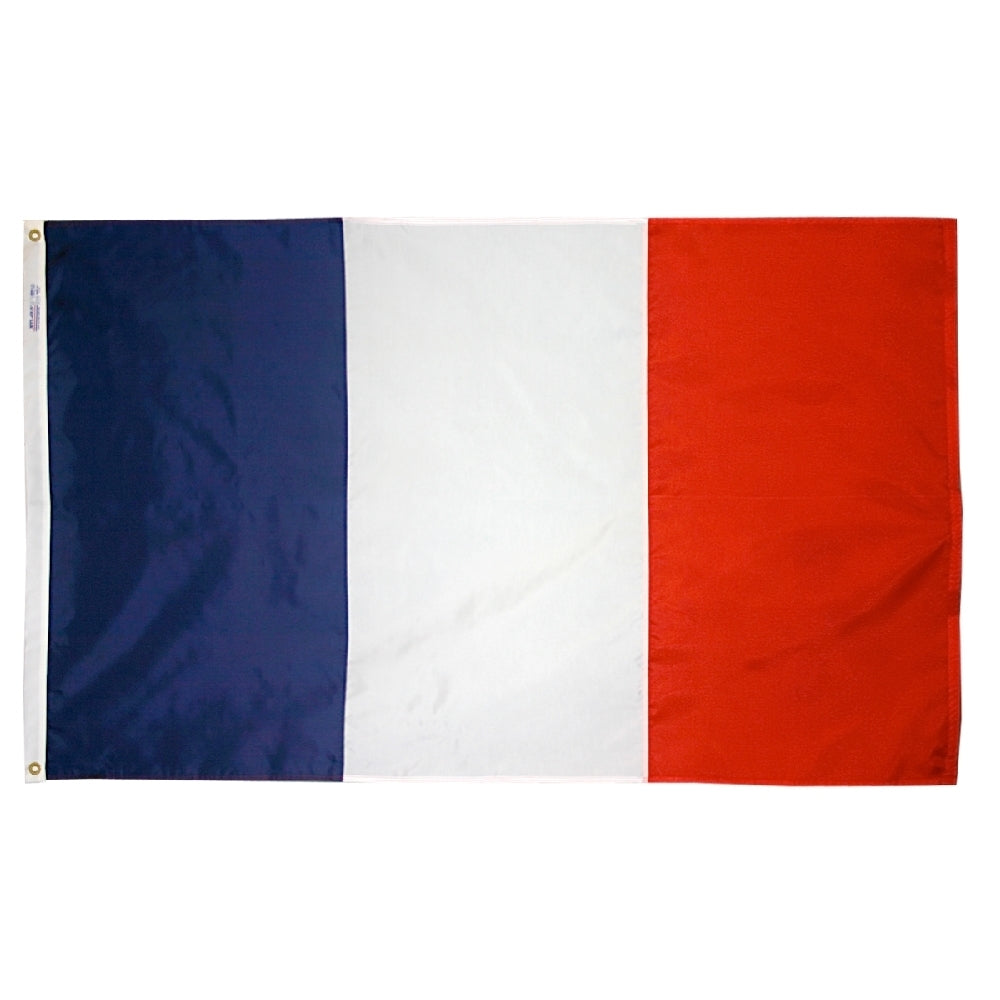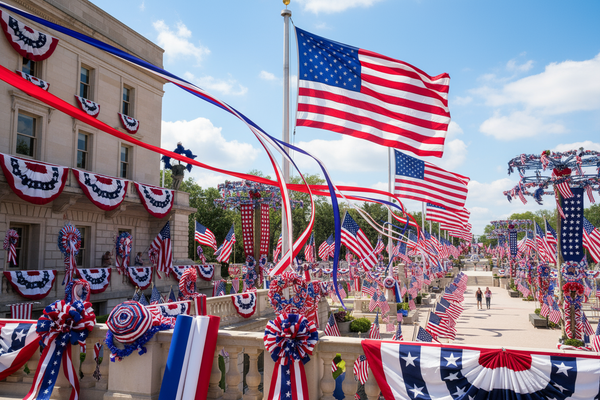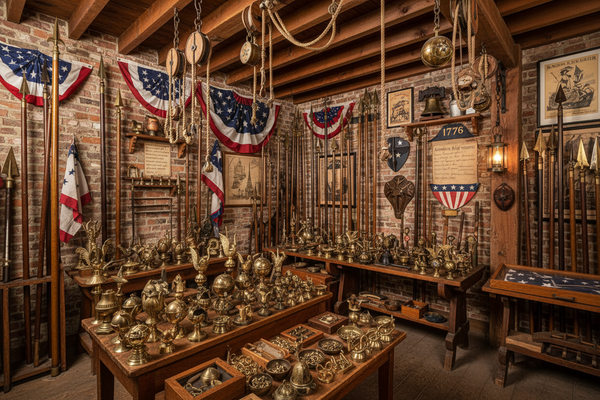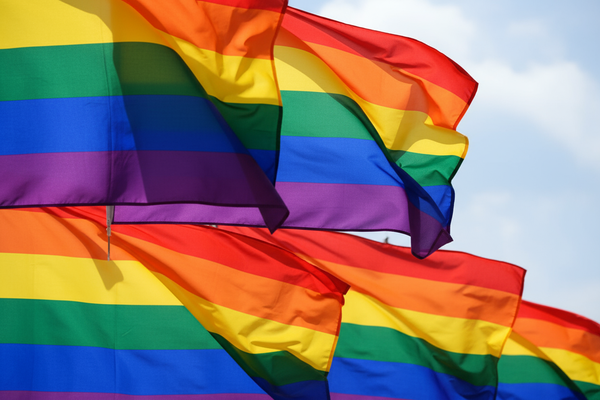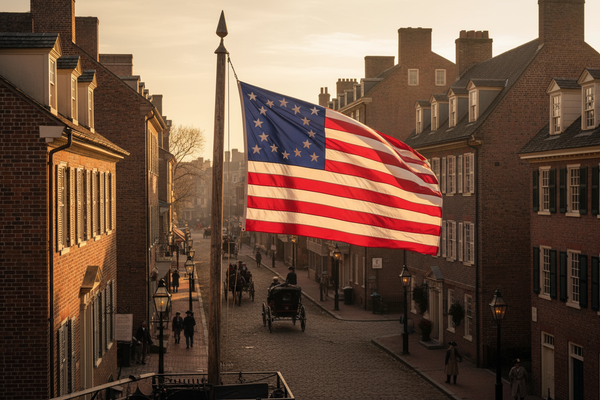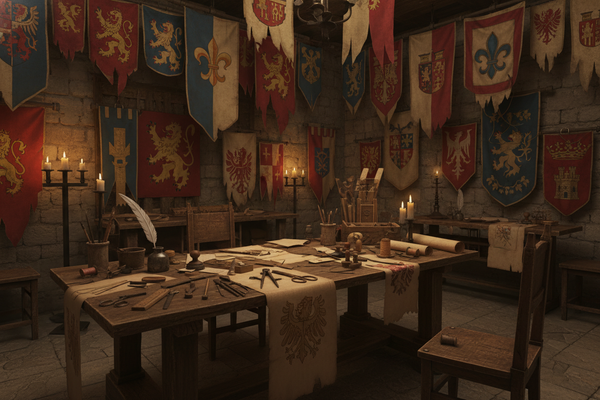1
/
of
1
France
France
Regular price
$35.00 USD
Regular price
Sale price
$35.00 USD
Unit price
/
per
Taxes included.
Shipping calculated at checkout.
Couldn't load pickup availability
France 3x5' nylon flag, canvas heading tape with brass grommets.
The French flag, known as the "Tricolore," is a powerful symbol of the nation's history, revolution, and ideals of liberty, equality, and fraternity. Its three vertical stripes of blue, white, and red have a rich history that reflects France's journey through monarchy, revolution, and republic.
Origins and Early History
- Ancien Régime: Before the French Revolution, France's flags often featured royal symbols like fleurs-de-lis on a field of blue or the oriflamme, a red banner associated with the King of France. These flags represented the monarchy and the ruling elite.
French Revolution (1789-1799)
- Revolutionary Symbolism: The modern French flag's origins can be traced to the early days of the French Revolution. The Paris militia wore cockades with the colors blue and red, which were the traditional colors of Paris. White was later added to the cockade to represent the monarchy, creating a tricolor emblem that symbolized the unity of the nation.
- Adoption of the Tricolore: The Tricolore flag was officially adopted in 1794 during the French Revolution. The new flag symbolized the revolutionary ideals of liberty, equality, and fraternity, uniting the people of France under these principles.
Napoleonic Era (1799-1815)
- Napoleon's Use: The Tricolore was prominently used by Napoleon Bonaparte during his rule. It became a symbol of French military prowess and the expansion of Napoleonic influence across Europe.
Restoration and July Monarchy (1815-1848)
- Return of the Monarchy: After Napoleon's fall, the Bourbon monarchy was restored, and the traditional white flag with fleurs-de-lis was reintroduced. However, this period of restoration was marked by political instability.
- July Revolution (1830): The Tricolore was reinstated after the July Revolution of 1830, which overthrew the Bourbon king Charles X and brought Louis-Philippe to power. The flag now firmly represented the constitutional monarchy and the values of the revolution.
Second Republic and Beyond (1848-Present)
- Revolution of 1848: The Tricolore was reaffirmed as the national flag during the Revolution of 1848, which established the Second Republic. The flag continued to symbolize republican values and the fight for democracy.
- Continuity through Change: Throughout subsequent regimes, including the Second Empire under Napoleon III and the establishment of the Third Republic, the Tricolore remained the national flag. It stood as a consistent symbol of the French nation through various political changes.
Modern Significance
- World Wars: During both World Wars, the Tricolore was a powerful symbol of French resistance and national pride. It was carried by soldiers and flown by the Free French Forces during World War II.
- Contemporary France: Today, the Tricolore continues to represent the values of the French Republic. It is prominently displayed during national holidays like Bastille Day on July 14th, and it flies over government buildings, schools, and public spaces.
Symbolism of the Colors
- Blue: Traditionally associated with Saint Martin, the blue stripe represents liberty and the Republic.
- White: Historically the color of the monarchy, the white stripe symbolizes equality and the people.
- Red: The red stripe, associated with Saint Denis, represents fraternity and the blood of those who fought for freedom.
In summary, the history of the French flag is a reflection of the nation's tumultuous journey from monarchy to republic, through revolution, wars, and political upheavals. The Tricolore stands as a powerful emblem of France's enduring values and national identity.
Share
